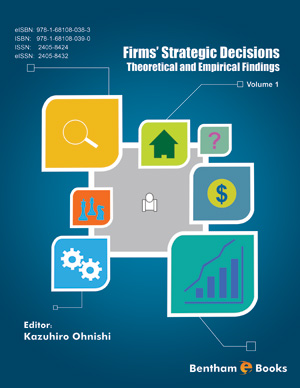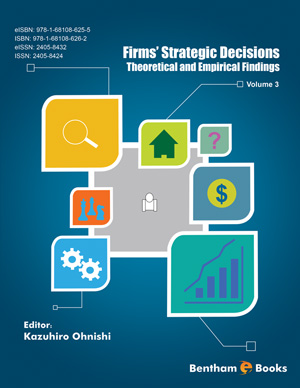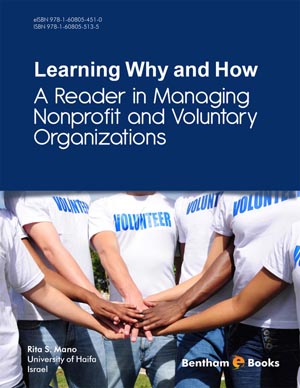Abstract
The manufacturing industry is revolutionized by introducing information
and communication technology for productivity, flexibility, and agility. This Industry
4.0 has revolutionized the way companies manufacture, update and distribute their
products. Manufacturers are integrating new technologies, like the Internet of Things
(IoT), cloud computing, data analytics, and AI, into their production facilities and
business operations. This digitization of manufacturing has increased the productivity
of plants, reduced the dependency on human resources and improved logistics. This led
to a better return on investment in the manufacturing sector and started blooming again.
Many start-ups are coming up with new business ideas based on new technologies.
These ideas are now easy to integrate with Industry 4.0-ready facilities. Now it is
challenging to take advantage of this wave of new business opportunities for the
traditional manufacturing industry. These industries strive to implement this
technology for their plants, which are also located geographically remote. To sustain
these older plants to new generation competition and expectations, it is necessary to
shift and adopt the technology of Industry 4.0. Transition business models need to be
developed for shifting to a “new business model” of the company, along with the “old
business model” that is slowly “decommissioned”. In this chapter, we will discuss the
need, challenges, and advantages of integrating new technology into old manufacturing
processes for the sustainability of a business. Organizations that wish to shift to a new
paradigm face many challenges. The most challenging aspects include the skills and
qualifications of their human resource, the ability of their machines to connect and
communicate with each other, and the adoption of various new technologies.









.jpg)


